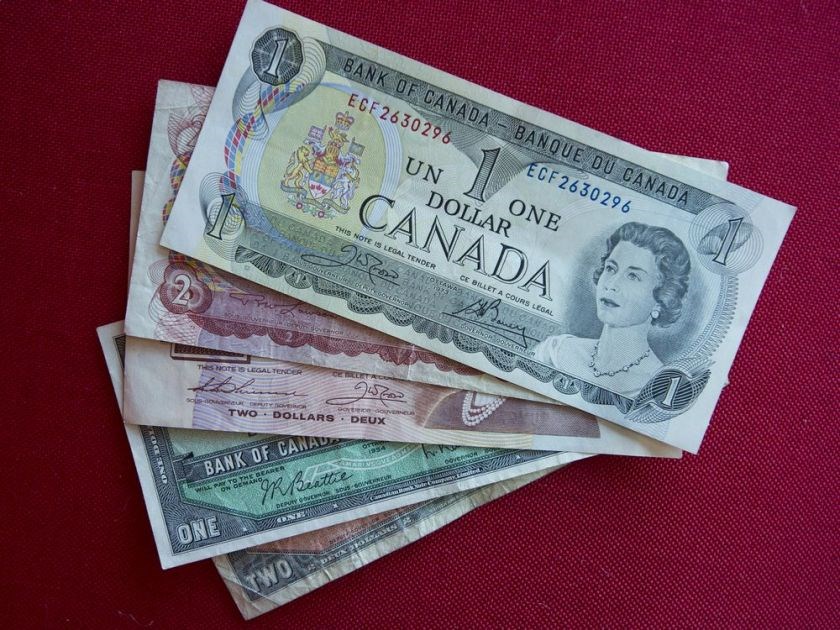It’s been 30 years since Canada replaced the $1 bill with the loonie, and even though there are still more than 150 million of the bills in circulation, you soon won’t be able to use them to buy items in stores.
The federal government has announced it is removing the legal tender designation from the $1 bills — along with the $2 bill, the $1,000 bill and the extremely rare $25 bill and $500 bill — partly to thwart counterfeiters.
As of Jan. 1, 2021, stores will be legally allowed to refuse to accept those bank notes as legal tender, although the bank notes will continue to be redeemed for their face value at a bank or through the Bank of Canada.
“Removing legal tender status from bank notes is a way to complete their removal from circulation and to help ensure that Canadians have access to the most current bank notes with the latest security features,” Bank of Canada spokeswoman Amelie Ferron-Craig said in an email.
“It is important for Canadians to understand that these notes will not lose their value; the Bank of Canada will continue to honour them,” she said.
None of the bank notes are commonly used anymore, she said. The $1 was discontinued in 1989 and the $2 in 1996, replaced by loonies and toonies, and the $1,000 bill in 2000.
There are 103 million $2’s still in circulation, and about 673,000 $1,000’s, according to the Bank of Canada.
Bills are considered removed from circulation when they are returned to the Bank of Canada.
“The $25 was a commemorative note, and it and the $500 note were discontinued shortly after they were issued in 1935,” said Ferron-Craig.
Bills printed in 1954, 1937 and 1935 are likely worth more than their face value, especially the rare $25 and $500 bills, coveted by collectors.
A bill’s condition, serial number (low numbers are more valuable) and combination of signatures (of the Bank of Canada’s governor and deputy governor) are “all very important” in determining value, according to the Manifest Auctions website.
It said the $1 bill from 1954 is worth between $8 and $160 each and $2’s would fetch between $16 and $450 each, while $1,000 bills would be worth between $2,000 and $24,000.
The $25 bill was printed in 1935, the year the Bank of Canada was created, to mark the 25th anniversary of King George V’s ascension to the throne. There were 140,000 printed and 1,840 remain in circulation.
A $25 bill can fetch tens of thousands of dollars at auction, according to the Canada Currency website.
A $500 bill, also printed in 1935 (20,900 in total) would be worth $20,000 to $60,000, said the website, because there are only 40 left in circulation.



